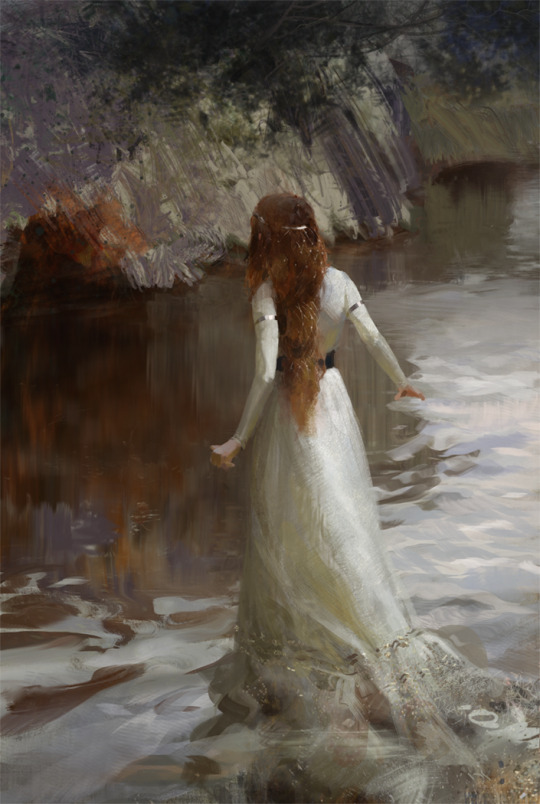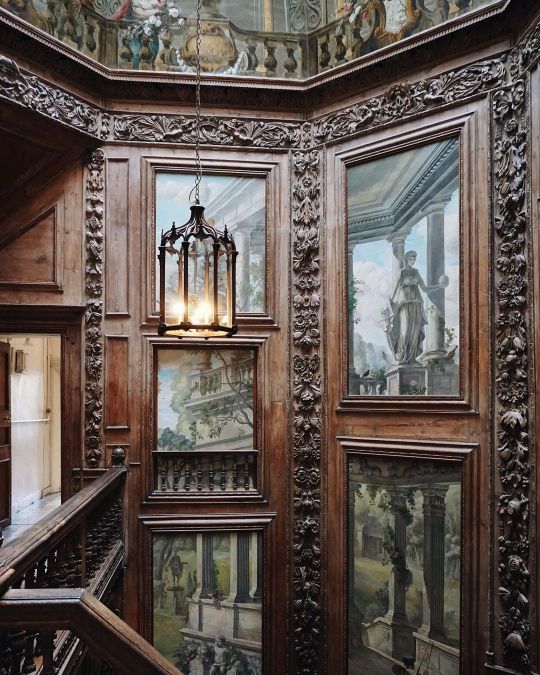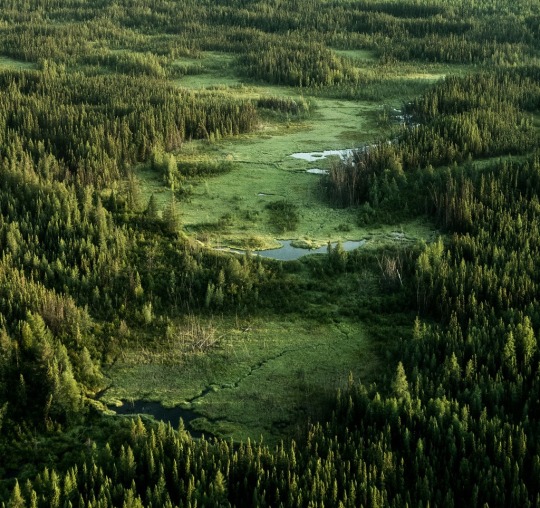Text
“Only where there are graves are there resurrections.”
— Friedrich Nietzsche (via fyp-philosophy)
2K notes
·
View notes
Photo

Glass ribbed bowl. 1st century BCE.
Credit line: Gift of J. Pierpont Morgan, 1917
https://www.metmuseum.org/art/collection/search/249440
79 notes
·
View notes
Text
« The Revolution swept away the prerogatives of the Crown associated with English land tenure in America. In America, ownership meant freedom from the meddling of nobles, the right to freely dispose of land by sale at a profit. . . American land law was predicated on the paramount principle that land was first and foremost a commodity for capital gain.
. . . Other Old World values toppled before this new system—for example, the idea of land as a physical container for community values. Nearly eradicated in the rush for profit was the concept of stewardship, of land as public trust. . . [T]he genius of American land law [...] "lay in its identification of land as a civil liberty instead of a social resource."
. . . A system was needed to divide [land] up for sale. The answer was the national grid. . . It was fair and square and easy to understand. The federal survey platted land into square units measuring six miles on each side. . . Over five million [family] farms were platted on public land between 1800 and 1900. Expeditious as it was—indeed, it is hard to imagine a more rational method—the national grid had some serious drawbacks. . . In terms of rural life, the grid institutionalized the trend toward scattered farms, rather than agricultural villages, giving physical expression to the powerful myth that only the individual mattered in America.
The new towns of the Midwest were more often than not laid out on grids that echoed the larger grid of the surrounding countryside, with some unfortunate results. The grid was primarily concerned with the squares of private property that lay within the gradients, not with the gradients themselves, or how the two related to one another. This dictated a way of thinking about the community in which private property was everything and the public realm—namely, the streets that connected all the separate pieces of private property—counted for nothing. This spawned towns composed of blocks unmodified by devices of civic art, checker-board towns without visible centers, open spaces, odd little corners, or places set aside for the public's enjoyment. »
— James Howard Kunstler, The Geography of Nowhere: The rise and decline of America's man-made landscape
41 notes
·
View notes
Photo

Afternoon Dress
George Philip Meier
c.1920
Indianapolis Museum of Art (Accession Number: 1986.458)
177 notes
·
View notes
Photo

Dunnottar Castle, Stonehaven, Aberdeenshire, Scotland
via scottish landscapes
6K notes
·
View notes
Text
“I cannot heal / this sickness of wanting what is denied.”
— Robyn Bolam, from “Her Husband Speaks to her of Dragons,” wr. c. 1981
69 notes
·
View notes
Text
“What do we live for if not to make the world less difficult for each other?”
— George Eliot, Middlemarch
3K notes
·
View notes









